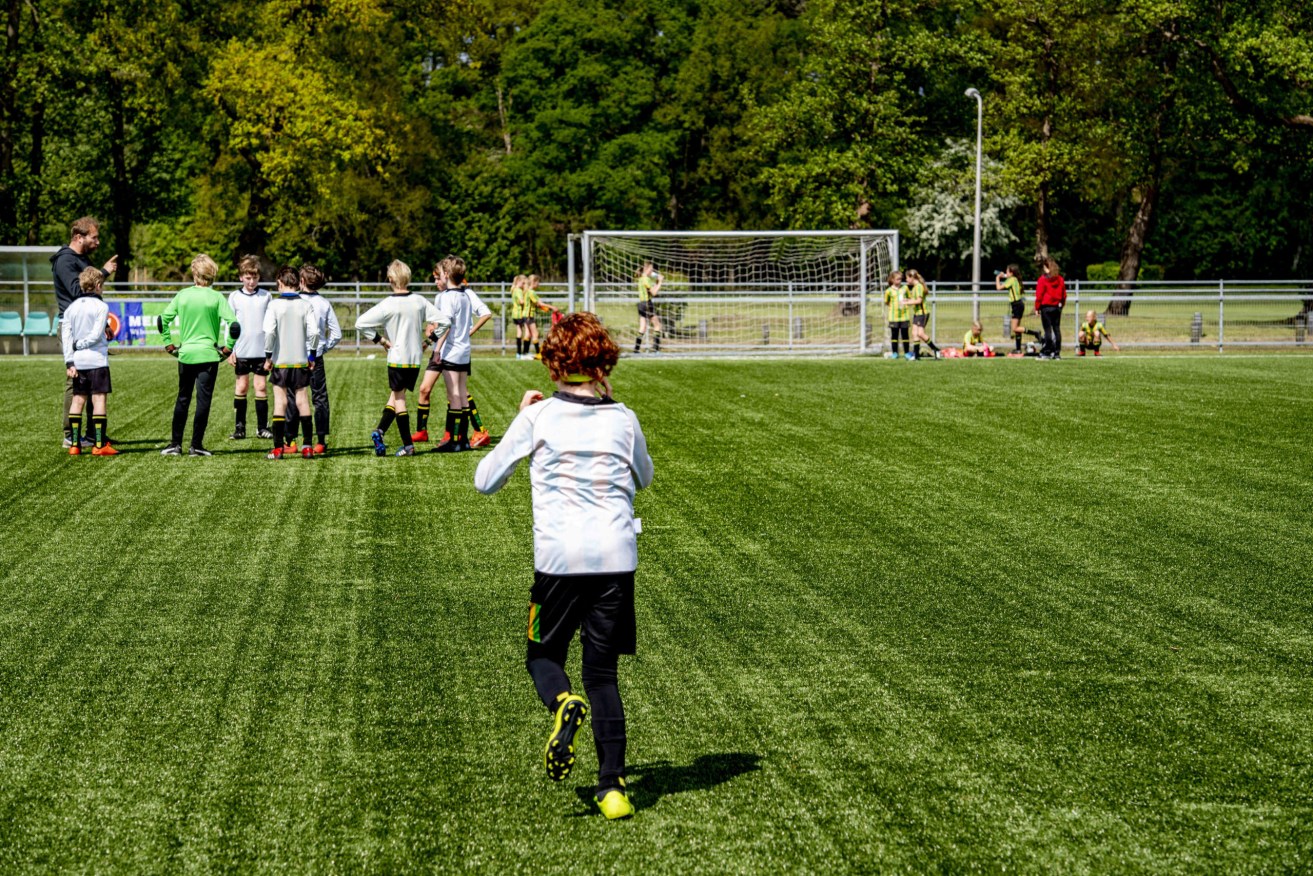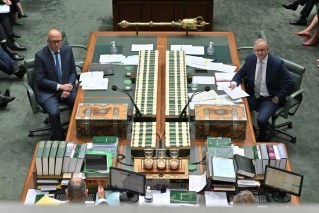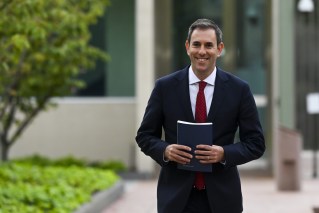Even with the Olympics, keeping kids in sport might be a challenge
The Australian Sports Commission has set new targets – not to aim for Brisbane 2032, but to get everyone active again after the pandemic.

The pandemic, and associated public health restrictions, have impacted on organised and community sport. (AAP/Robin Utrecht/ABACAPRESS.COM)
The commission regularly updates its five-year corporate plan in an effort to maximise effort, reduce duplication, and get the best out of Australians, whether they are sporting superstars or not. Such planning will only become more important in the lead-up to the Brisbane 2032 Olympics, when a new generation of athletes will be expected to perform at their peak.
However, the impact of the pandemic – for example, the current ban on inter-school and community sport in south-east Queensland – has the commission forgetting about new participation records, for now, and instead trying to make up lost ground.
The plan released last year set a target of 31 per cent of children aged 5 to 14 years participating in at least 3.2 hours of organised physical activity outside of school every week. It was hoped that would rise to 32 per cent in 2021-22 but the fine print warned that “attainment of some measures may be impacted by the COVID-19 pandemic and finalisation of the 20-21 Budget”.
The commission had previously been aiming for 35 per cent participation, but survey data last year indicated it had fallen to just 24.5 per cent. The longer kids were out of organised sport, the less likely they were to return.
The new plan, released on Tuesday, is designed “to work towards returning to pre-COVID-19 pandemic participation levels” with a target of 47 per cent of children that age participating in at least two hours of organised physical activity outside of school every week. Two hours is considered more realistic, and in line with normal routines, but the commission acknowledges it is still “an ambitious target” for kids in this environment.
Other targets have been scrapped altogether, with the plan now aiming to have 46 per cent of Australians aged 15 years and over involved in organised sport, rising to 47 per cent in 2022-23 – which the commission suggests is a “stretch target”. Over the longer term, the commission will need more funding to know what is possible.
Surveys conducted by the commission last year found adults were getting more active individually, at various times, such as jogging and walking to help deal with stress. But the pandemic had a negative impact on organised team sports, and the reduction in children’s participation in organised out-of-school activities risked undoing two years of gains.
Before the pandemic, 50 per cent of children expected to participate in at least one organised sport between April and December last year. By August, that had fallen to 37 per cent – and only 32 per cent were actually participating at that time.
Commission chair Josephine Sukkar said on Tuesday it was hoped Australia could grow stronger through sport.
“Sport has an incredible ability to unite, inspire and build healthier, stronger communities,” Sukkar said.
“The pandemic has presented us with uncertainty but also opportunity to refocus our goals to support and grow Australian sport at all levels.”
The decline in physical activity is likely to coincide with changes in dietary intake, and exacerbate the lack of preventive health and management that defined the first year of the pandemic. That could have long-term impacts on Australians’ health.








